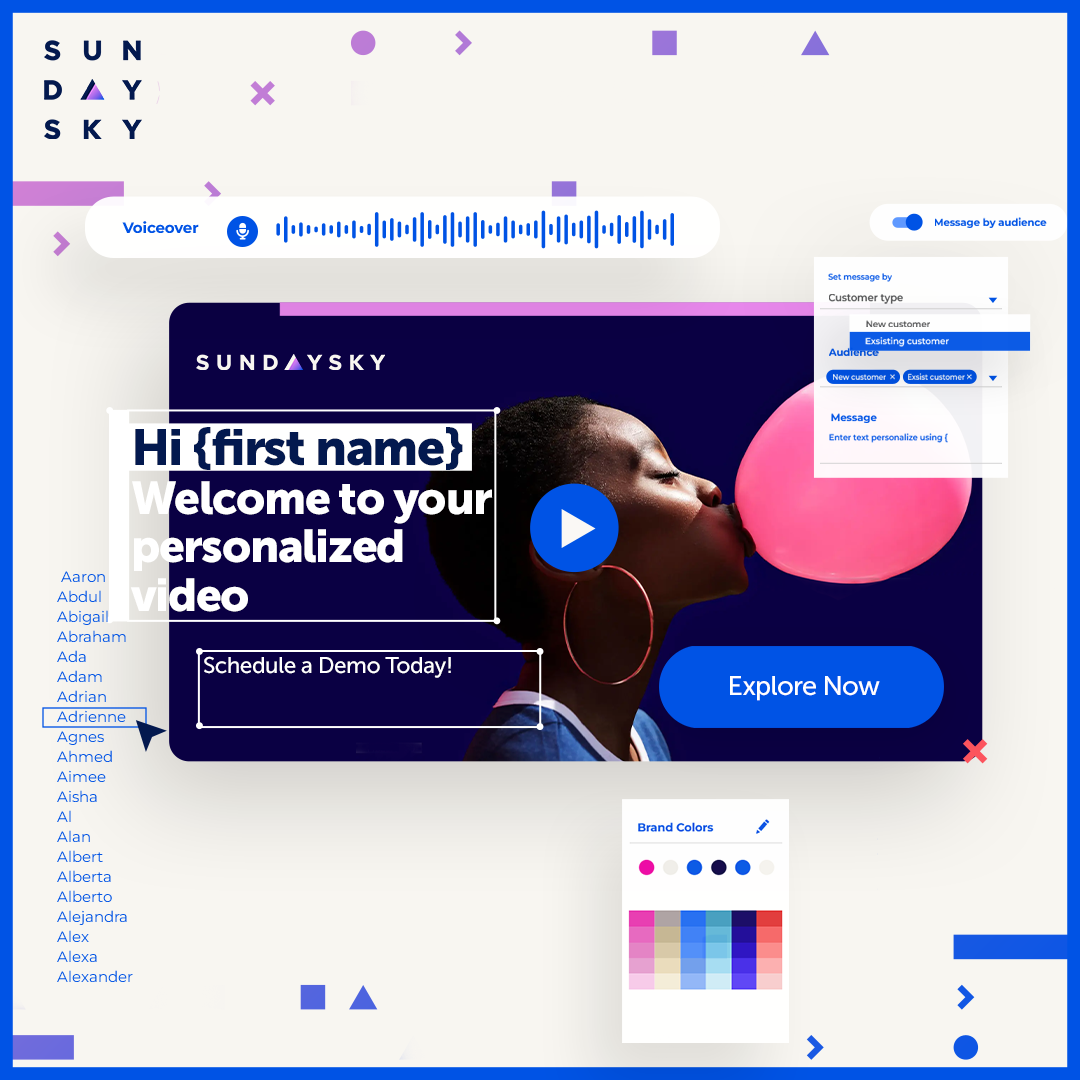This article was originally written for CMO.com and first appeared there on March 18, 2016.
A good experience with a product, service, or business used to be enough to generate loyalty. But now consumers have access to companies from around the world and can interact with them across social media, email, and other channels, drastically ramping up competition for future purchases.
Price point is usually a major determining factor in where to buy. An opportunity exists, however, to create the kind of loyalty we’re all after if our post-sale customer interactions aim to satisfy, not sell more.
In other words, the recommended “next-best action” doesn’t need to mean the “next-best offer.” Brands truly committed to customer satisfaction focus on informing and educating. For every sale, marketing teams ought to identify and recommend the next-best action for the customer to take to maximize his value and utility of the product or service. This breeds loyalty to gradually compel a second conversion. Delivering relevant, useful information keeps the customer engaged and continues the evolution of the relationship.
A brand’s best, most loyal customers should be held up as the goal for every customer. These are consumers who enjoy buying from a brand, recognize the value of the relationship, and actively engage. But that doesn’t just happen. Only when a brand provides information most relevant to the user following a purchase can an interaction continue. This element of personalization has helped companies offer premium service to customers after conversion and reintroduce them to the conversion funnel without immediately jumping to the next sale.
Identify the Next-Best Action for Your Customer
Using the next-best action has helped service providers, in particular, create positive customer relationships. For example, a wireless provider can provide new customers with a number of complementary service options. After a consumer purchases a smartphone and a new plan, the service provider could immediately offer information related to mobile bill paying, personalized video bills, and other options that make the company stand out as a solid provider without pushing for another sale. When it’s time for the consumer to spend more money, she will likely remember the exceptional service she received.
This concept applies across industries, as well. When a consumer purchases a designer handbag, correspondence that highlights the best way to care for it keeps the consumer engaged. A family that just purchased a new dining room set may be receptive to other ideas for interior design. The idea isn’t to make an immediate, second sale so much as it is to satisfy and engage the customer.
Again, the relationship shouldn’t end once a brand has a customer’s money. The sale is just one step in the process, and treating it as such sets brands up for lengthy, positive relationships with their customers.
Consumer Profiles and Personalization Lead the Way
The key to selecting the next-best action is to understand the specific needs of each customer. Even if two people purchase the same product or enroll in the same service, the features and information to keep them engaged will likely be different for an unmarried man in his late-20s and a married mother of two.
Personalized engagement calls for a greater use of customer and other data. One-to-many marketing practices don’t register with consumers anymore; the general acceptance of e-commerce as an alternative to in-store shopping means they can seek the best deal or company from anywhere. When the first brand-consumer interaction following a sale is a recommendation to spend more money, the company is banking on the customer having an interest in an item. Instead, brands that leverage data to ensure their customers get the most value out of the first sale increase the likelihood of keeping those customers engaged in the conversion funnel toward a second sale.
Customers haven’t wavered from brand loyalty just because they have more options. They’re just aware they have more control and want to ensure they’re getting the most for their money. Creating loyalty with customers is entirely in the hands of the brand. Companies that can recommend next-best actions to educate and inform, rather than sell, are in position to keep customers coming back.




